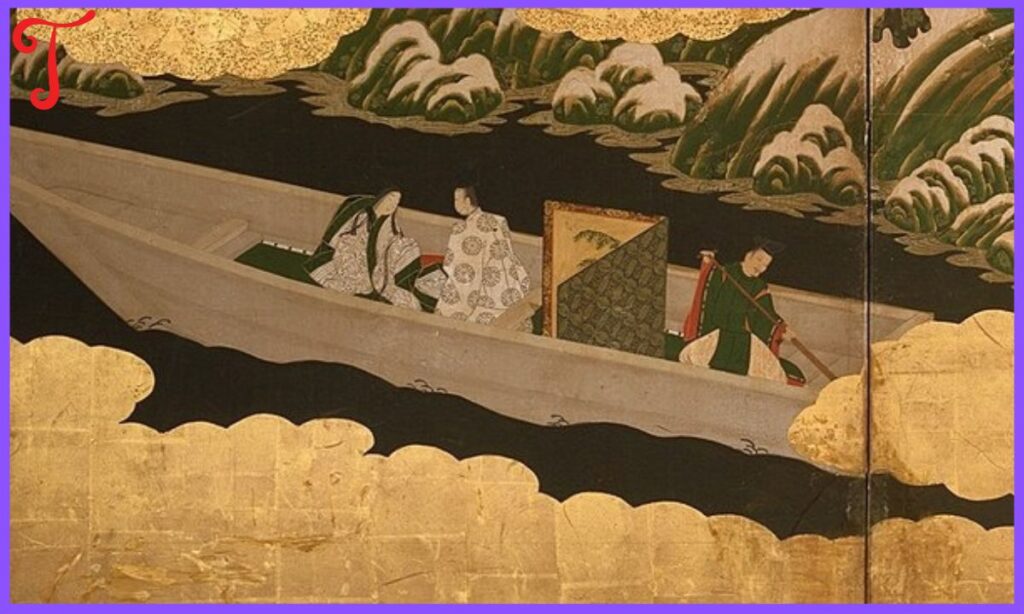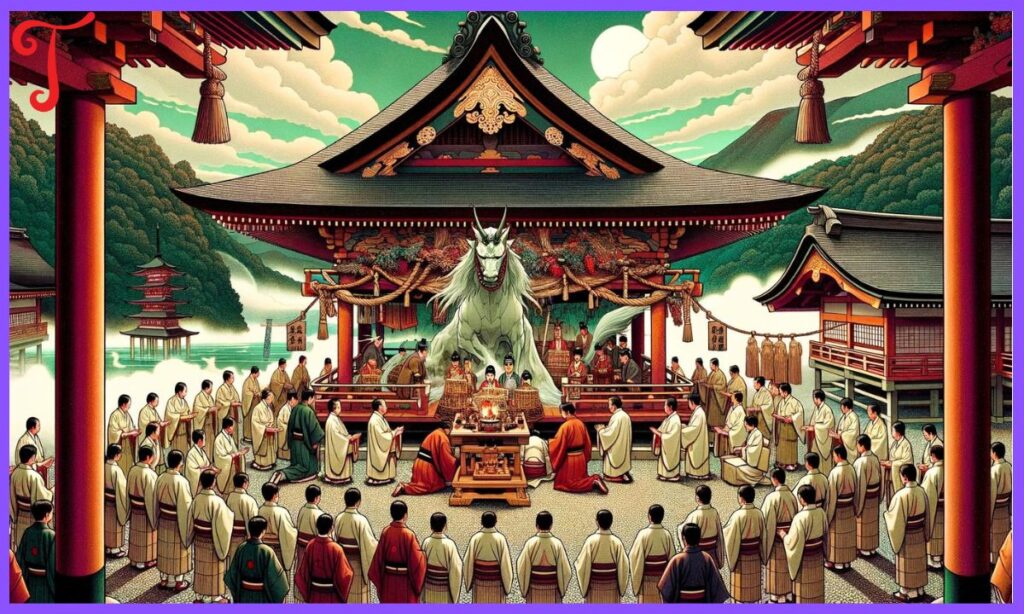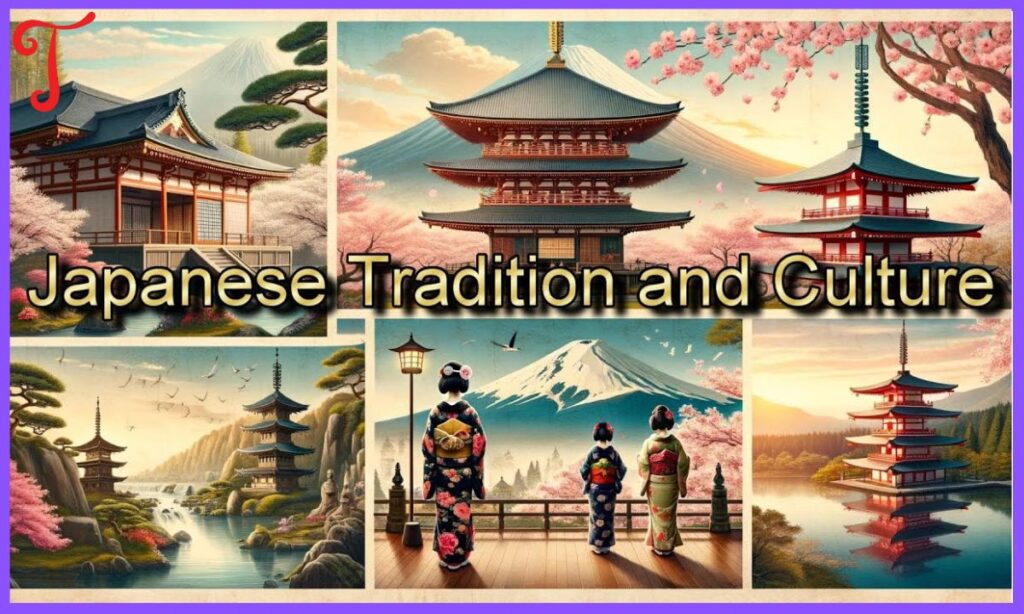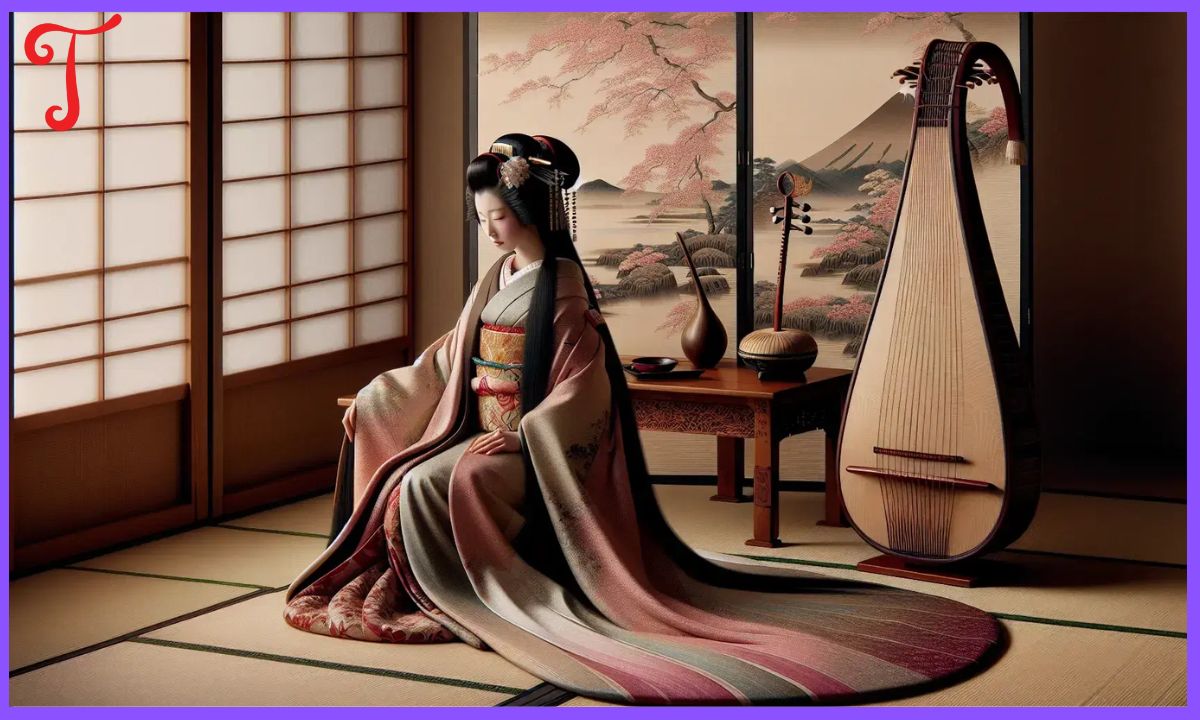Minami Ukifune is a captivating character from Japanese literature. She appears in “The Tale of Genji,” a classic written by Murasaki Shikibu. Ukifune’s story explores themes of love, duty, and societal expectations.
Her complex narrative has inspired countless interpretations over centuries. Artists and writers continue to draw inspiration from her tale. Ukifune remains a significant figure in Japanese cultural heritage.
Historical Context
Minami Ukifune is a character from “The Tale of Genji”, a masterpiece of Japanese literature. This iconic work was written by Murasaki Shikibu in the early 11th century during the Heian period. The Heian era, spanning from 794 to 1185, was a time of great cultural refinement in Japan.
During this period, the imperial court was the center of culture and politics. Literature flourished, with works often reflecting the complex social dynamics of the time. “The Tale of Genji” emerged from this rich cultural milieu.
Ukifune appears in the final chapters of the tale. Her story is set against the backdrop of a society where poetry, aesthetics, and subtle emotional expressions were highly valued. The character of Ukifune embodies many of the cultural ideals and conflicts of her time.
Cultural Significance
Minami Ukifune holds a special place in Japanese literary culture. Her significance stems from her role in “The Tale of Genji” and what she represents in the narrative. Ukifune’s story touches on several themes central to Japanese aesthetics and philosophy:
- The transience of life and beauty
- The complexity of human emotions
- The tension between social obligations and personal desires
In Japanese literary studies, Ukifune’s character is often analyzed for its psychological depth. Her internal struggles and the poetic expression of her emotions have made her a subject of fascination for scholars and readers alike.
While not as widely known as some other characters from “The Tale of Genji”, Ukifune’s story has influenced later works of Japanese literature. Her narrative has been seen as an early exploration of female psychology in Japanese writing.
Minami Ukifune in Literature

Ukifune’s primary literary appearance is in “The Tale of Genji”. She features prominently in the last ten chapters of the work. These chapters are sometimes referred to as the “Uji Chapters” due to their setting.
In the story, Ukifune is caught in a love triangle between two men: Niou and Kaoru. Her narrative explores themes of indecision, suffering, and the search for identity. Some key aspects of her story include.
Ukifune’s story is notable for its psychological realism. Her internal monologues and poetic expressions offer deep insights into her emotional state. This level of character development was groundbreaking for its time.
The ambiguity of Ukifune’s fate at the end of the tale has led to much scholarly discussion. Some interpret her story as a Buddhist allegory about the suffering inherent in worldly attachments.
Read This Blog: Ceylan Eye Cream Reviews: Comprehensive Looks
Artistic Representations
While not as frequently depicted as some other characters from “The Tale of Genji”, Ukifune has been the subject of various artistic works over the centuries. These representations primarily appear in the context of illustrations for “The Tale of Genji”.
In these depictions, Ukifune is often shown in moments of emotional turmoil or in scenic settings that reflect her internal state. The Uji River, a significant location in her story, frequently appears in these artworks.
Modern artists have also found inspiration in Ukifune’s story. Some contemporary interpretations focus on her psychological struggle, using abstract or symbolic representations to convey her emotional state.
Mythological Aspects

While Ukifune is not a mythological figure in the strict sense, her story has taken on symbolic significance in Japanese culture. Some aspects of her narrative that have gained mythological resonance include.
In Buddhist interpretations, Ukifune’s story is sometimes seen as an allegory for the journey from worldly attachment to spiritual enlightenment. Her final fate as a nun reinforces this reading.
While not worshiped or venerated, Ukifune’s story has contributed to the cultural mythology surrounding “The Tale of Genji” and its enduring influence on Japanese aesthetics and philosophy.
Read This Blog: Shelley Covel Rowland: A Life Defined by Choice
Minami Ukifune in Popular Media
While Ukifune herself is not a common character in modern popular media, her story and the themes it explores have influenced various works.
In these modern interpretations, Ukifune’s psychological struggle and the poetic quality of her story are often emphasized. Her tale is sometimes used as a lens through which to explore contemporary issues of identity and emotional conflict.
It’s important to note that direct adaptations or uses of Ukifune’s character are less common than those of more prominent figures from “The Tale of Genji”, such as Hikaru Genji or Murasaki.
Tourism and Sites of Interest

While there are no specific sites dedicated to Ukifune as a fictional character, several locations associated with “The Tale of Genji” and its setting are of interest to literary tourists
These locations offer visitors a chance to connect with the historical and geographical context of Ukifune’s story. Many feature educational displays about “The Tale of Genji” and its cultural significance.
Educational Resources
For those interested in studying Minami Ukifune and her role in “The Tale of Genji”, several resources are available:
- Academic translations of “The Tale of Genji”, such as those by Royall Tyler or Dennis Washburn
- Scholarly works on the tale, including analyses of the Uji chapters
- University courses on classical Japanese literature often cover Ukifune’s story
- Online resources from Japanese cultural institutions provide context for understanding the tale
Some specific resources include:
- “The Tale of Genji: A Visual Companion” by Melissa McCormick
- “Genji: The World of a Prince” by Harvard University’s Reischauer Institute
- The Tale of Genji Project by Columbia University
Frequently Asked Questions
Who is Minami Ukifune?
A fictional character from “The Tale of Genji,” a classic Japanese novel.
When was The Tale of Genji written?
The Tale of Genji was written in the early 11th century by Murasaki Shikibu.
What is Ukifune’s role in the story?
Ukifune is a tragic figure caught between two suitors in the final chapters.
How has Ukifune influenced Japanese culture?
Her character has inspired art, poetry, and discussions on women’s roles in society.
Why is Ukifune considered historically significant?
She represents the complexities of Heian-era courtship and social expectations.
Conclusion
Minami Ukifune, though a fictional character, holds a significant place in the landscape of Japanese literature and culture. Her story in “The Tale of Genji” continues to captivate readers and scholars with its psychological depth and poetic beauty.
Ukifune’s narrative touches on timeless themes of love, suffering, and the search for meaning. These elements have ensured her enduring relevance, even as cultural contexts have shifted over the centuries.

Sahar is a talented content writer and digital marketer with expertise in SEO, social media management, and online marketing. She excels at creating impactful, data-driven content to help businesses connect with their target audience and achieve measurable outcomes.





